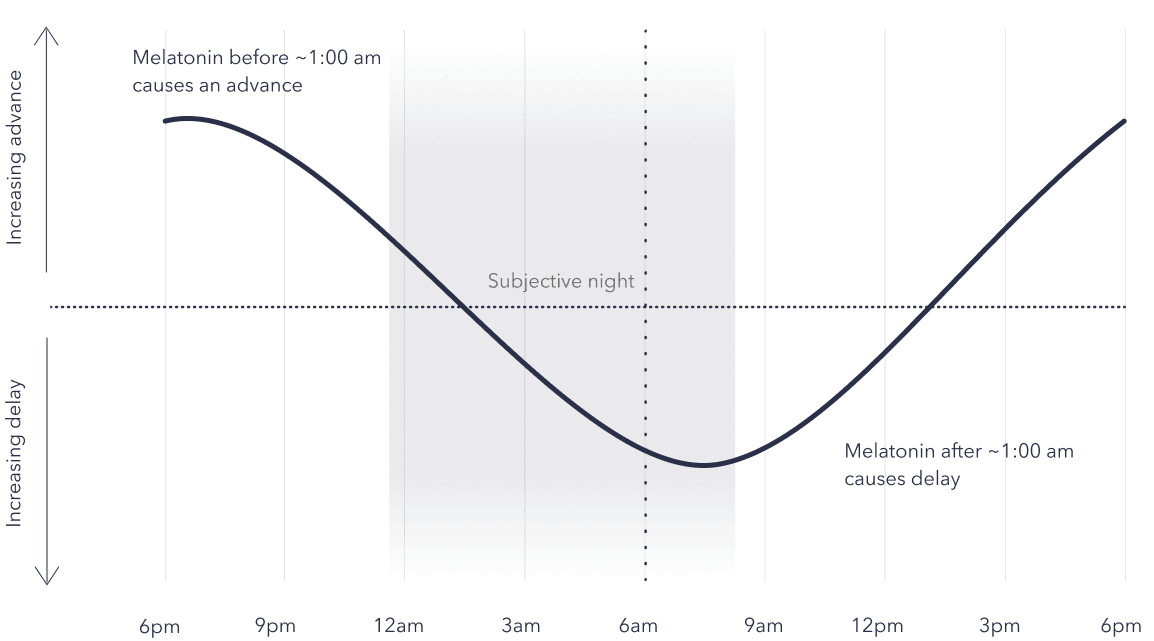All of Nat Martin's Comments + Replies
Thanks for the detailed reply.
My understanding is that there are still significant unknowns on the exact mechanisms of entrainment, and I don’t dispute that yellow-blue (YB) contrasts play a role. I considered mentioning it in this post, but my understanding is that it is more of a secondary point compared to the significance of the timing of bright, blue light exposure. Curious to see any evidence for your/Huberman’s assertion that early morning light exposure in the absence of YB contrasts has little effect on entrainment. This seems to contradict most o...
Melatonin (particularly at higher doses) has a fast-acting sedative effect, so if you want to use it to help you fall asleep, then taking it 30 minutes before bed makes sense.
However, if you want to use it to advance your circadian rhythm (i.e., be inclined to be more of a morning person), then it has the greatest effect when taken 9–11 hours before your sleep midpoint (so very roughly at 6 p.m.). Below is a graph of the effect it has on the circadian rhythm.

^https://www.timeshifter.com/jet-lag/melatonin-for-jet-lag-type-dose-timing
Thanks a lot, Seth!
I agree with you on the importance of Vitamin D—it has helped me enormously. Most studies on Vitamin D focus on achieving levels similar to those experienced during summertime. However, few of the bright light studies come anywhere close to replicating the typical lux levels experienced in summer. From my anecdotal experience, I’ve found that spending several hours under 10,000 lux+ artificial lights can totally transform my mood.
You are correct in your understanding of things to try as a night owl. One other thing you might consider is ...
So glad to hear!